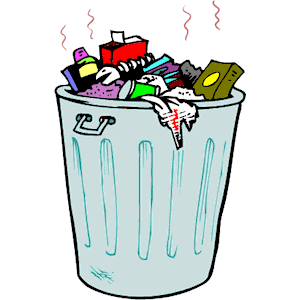Effective Consulting Step #1: Personal Connection / “Heart”
In my last post I made the case for what I believe are clear hallmarks distinguishing “good consulting” from “bad consulting”. Before going deeper let me clarify that this subject applies far more broadly than just consulting. It could just as well apply to teaching, counseling, coaching…really any role in which you’re using your insight or expertise to help someone else.
With that in mind remember that at the end of the last post I outlined a step-by-step thought-process to onboard a person on the journey of change. The first was “building a personal connection or relationship.” I also call it “the heart.” Why is it so important? Clearly relationships are where the magic happens…let’s go deeper to see why…

First, they allow people to become vulnerable and feel safe in expressing their frustrations, needs, hopes and often lead to the discovery of the true problem or opportunity. In many cases it allows them to vent what may seem like mundane details or frustrations and expose how some of these non-obvious factors are interwoven, or at least linked in their minds (note this is often where you find out that the true problem is often not what was initially expressed!).
Second, relationships build trust to accept the recommended course of action and embark on the road to change. It’s simple but profound…the fact that you take time to actively listen & engage shows you care, that you’re willing to really immerse yourself in their situation, set aside preconceived ideas, give of yourself and humbly learn. Therefore you’re building a platform of credibility and EARNING the right to be heard and (hopefully) heeded.
So how do you do it? Here are a 3 essential practices:
- Stop talking – listen: resist the urge to jump in. Ask open ended questions and let them talk. Periodically summarize so they know you’re actively taking it in.
- Develop empathy: this means not only “listening” but immersing yourself emotionally into their world to see, hear and feel what they’re sensing (“walking a mile in their shoes”). What might this look like?…meet their clients, talk to their colleagues, spend time with them in the field, go with them to a meeting, have a picnic with their family. Get as many inputs as you possibly can.
- Test your insights: as you do the above, you’ll begin to develop tons of insights and conclusions that you need to summarize and test with the person (note: regularly summarizing & journaling is so important – otherwise you’ll get overwhelmed by quantity or only remember the last impression you had). Remember, insights are not recommendations but things you’re learning, developing a point of view upon that could potentially link to root causes or related factors. Talk them over with the person, get feedback (ask: “how does that sound to you?”). Keep learning.
I’ll be the first to admit, for a problem-solving-oriented-mind the above can be extremely challenging and require a significant amount of patience & discipline. Especially this phase can often feel like time is being wasted – personal networking, lots of chit-chat, rabbit trails, waiting for something to happen, working together on “trivial” side-items to build credibility, etc.
However there are NO shortcuts, it’s the necessary grunt work of relationship-building that pays for itself in spades – building a platform of trust & acceptance through which you will get a clear grasp of what’s at stake…plus gain “access” in order to influence & build buy-in for the significant actions that will be needed to change.
So, if you’re getting ready to start working with someone, put the above to the test. I’d love to hear examples of how it works for you!
Picture: www.text100.com






